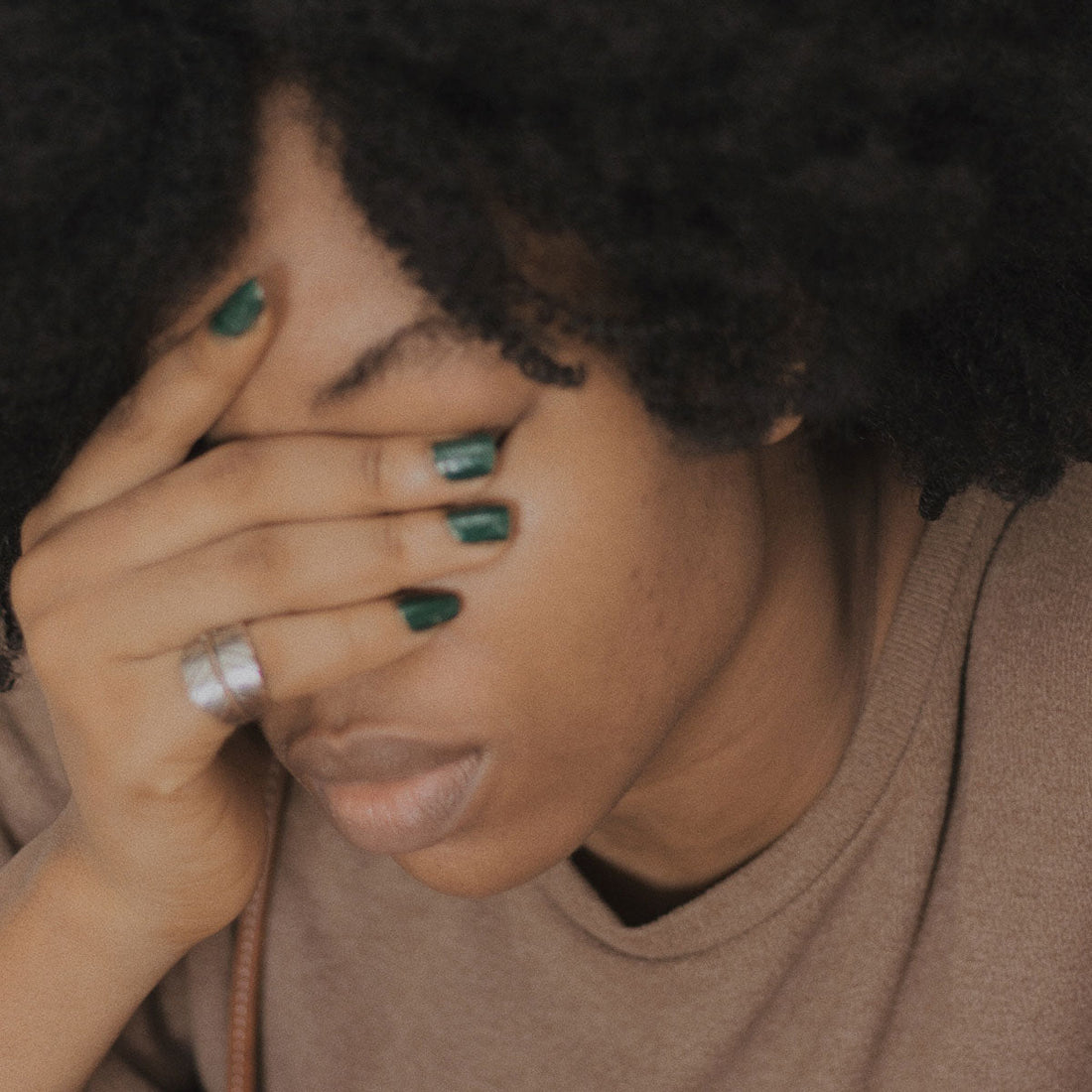What’s the Difference Between PMS and PMDD?
Do you experience signs of depressive mood every month before your period? Do you find activities you normally enjoy suddenly uninteresting? Do little things set off your temper in a way that is out of character for you? It’s possible you’re exhibiting signs of PMDD.
What is PMDD?
PMDD stands for Premenstrual Dysphoric Disorder and is a more severe condition than your regular old PMS. We like to think of it as PMS’s pesky older sister. It’s believed that as many as three-quarters of people who get periods have signs of PMS and roughly 5% are afflicted by PMDD.
PMDD is defined as a severe and chronic medical condition causing emotional and physical symptoms similar to PMS but that interfere with daily life—school, work, social life, and relationships. Common symptoms include:
- Depressed mood
- Anger or irritability
- Trouble concentrating
- Lack of interest in activities once enjoyed
- Moodiness
- Increased appetite
- Insomnia or feeling very sleepy
- Feeling overwhelmed or out of control
- Cramps
- Bloating
The exact cause of PMDD is unknown but there is a theory. Experts believe it could be due to an abnormal reaction to the normal hormone changes that occur during each menstrual cycle. The hormone changes cause a serotonin deficiency. Serotonin is a substance found naturally in the brain and intestines that narrows blood vessels and can affect mood and cause physical symptoms. It plays a key role in bodily functions like mood, sleep, digestion, nausea, wound healing, bone health, blood clotting, and sexual desire. Wow! We definitely want enough of that in our systems!
If the symptoms above resonate with you and you think you may have PMDD, talk to your doctor so you can get a diagnosis and treatment plan that’s right for you. PMDD does not need to control your life.

How is PMDD diagnosed?
This condition may take longer to diagnose than something like PMS. Why? Doctors diagnose PMDD if over the course of a year, you experience the following over most of your menstrual cycles:
- Display at least five of the symptoms above
- Experience the symptoms 7-10 days before you get your period
- Symptoms go away shortly after you start bleeding
Tracking your symptoms during each cycle can help you and your doctor confirm diagnosis quicker since you’ll already have months of data accumulated. There is a plethora of apps you can choose from, or you can track manually with a notebook, on the notes section of your phone, or in a document on your computer. Whatever you use to track, be sure to bring it to your appointment!
Treatments and lifestyle changes
The good news is there are ways to treat PMDD and lifestyle changes you can make if that’s your preferred method.
- Switch up your diet. Focus on decreasing sugar, salt, caffeine, and alcohol. Add in more protein and complex carbohydrates. Think of your diet as the first place you get your vitamins and minerals instead of as a place of restriction. If you consider what will help rather than exacerbate your symptoms, you might find it easier and more enjoyable to pick better, “healthier” options for yourself. Pay attention to what food makes you feel better and worse and adjust accordingly.
- Get the right vitamins and minerals. Vitamin B6 and calcium are great for stabilizing mood and magnesium helps muscles relax. Those with PMS and PMDD are thought to be low in magnesium. Grab yourself The Daily Hormone Balance which contains both magnesium and B6!
- Selective serotonin reuptake inhibitors (SSRI). Your doctor will need to prescribe these guys. They’re a widely used antidepressant, especially for severe or persistent cases, and are often combined with cognitive behavioral therapy (BT).
- Get moving. Before you go sign up for CrossFit or buy trail runners for 10-mile daily jogs, consider this, moderate-intensity workouts have been linked to lower instances of PMS. Yoga, barre classes, brisk walks, etc. are great options! Find movement that feels good for you and is not causing unwanted wear and tear on your body. Everyone’s preferences will be different, so try a wide variety and find what feels best!
- Find ways to manage your stress levels. This can be easier said than done, but keep in mind that stress can create all sorts of physical manifestations in the body when not kept in check. This doesn’t need to be meditation—but if that’s right for you, then keep at it! Maybe watching a sitcom before bed helps you unwind, or having your morning coffee or tea outside, perhaps chamomile tea is soothing for you, or a hot bath. Find a ritual that creates relaxation in your mind as well as your body. Check out our Complete Guide to PMS and Period Pain if you need some inspiration on where to start.
- Take an anti-inflammatory medication. Things like ibuprofen and Advil can help ease pain from cramping and even bloating if it’s due to inflammation. If you have a sensitive stomach or just want a natural alternative, consider trying PMS & Period Support as a way to tackle the pain, bloating, and even mood swings!
- Take cycle care to the next level. If you’re struggling with PMDD and want to really nip the symptoms in the bud, grab yourself the Balanced Cycle bundle which contains both PMS & Period Support and The Daily so you can tackle symptoms all month long.
Subtle mood shifts throughout our cycles are understandable due to the hormone fluctuations we experience each month, but if yours are keeping you from going to school, work, or social activities, or even impacting your relationships in a negative way, set up an appointment with your healthcare professional. Luckily, there are so many options to treat PMDD, it’s all about finding the one that works best for you.


